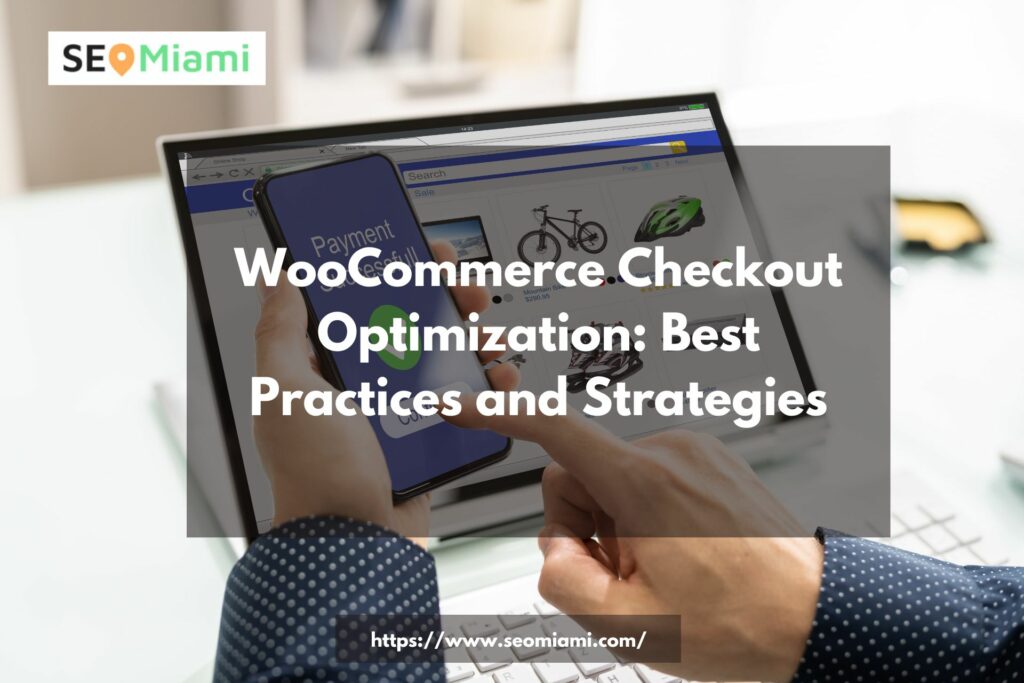In the fast-paced world of e-commerce, where every second counts, optimizing your WooCommerce checkout process is crucial. A seamless and efficient checkout experience can make the difference between a customer completing a purchase or abandoning their shopping cart. In this article, we will delve into the best practices and strategies to enhance your WooCommerce checkout process, ensuring that it not only meets but exceeds customer expectations.
Understanding the Importance of Checkout Optimization
The checkout page is the final frontier in the customer journey, and it plays a pivotal role in shaping their overall shopping experience. It’s where visitors transition from browsing to buying, making it a critical conversion point. Let’s explore the strategies that can help you enhance this crucial part of your website.
Simplify the Checkout Process
A cluttered and complicated checkout process can deter customers. Streamlining the process by reducing the number of steps and form fields can significantly improve the user experience.
Mobile Optimization
In today’s mobile-driven world, ensuring that your checkout page is mobile-responsive is non-negotiable. Mobile optimization can prevent potential customers from bouncing off due to a poor mobile experience.
Implement One-Page Checkout
Condensing the entire checkout process into one page can expedite the buying process. Customers appreciate the convenience of seeing everything they need on a single page.
Leveraging User Accounts
Encouraging users to create accounts during the checkout process has its advantages. Let’s explore this further.
Guest Checkout vs. User Registration
Providing the option for guest checkout, in addition to user registration, offers customers flexibility. Some shoppers prefer a quick, anonymous purchase, while others want the benefits of an account.
Personalization Through User Accounts
User accounts allow for personalized experiences and targeted marketing. They also enable customers to track their order history and easily reorder items.
Payment Options and Security
The payment stage can be a make-or-break moment. Offering various payment methods and ensuring robust security is essential.
Multiple Payment Options
Providing a range of payment methods, from credit cards to digital wallets, caters to different customer preferences.
Security Measures
Incorporating SSL certificates, encryption, and secure payment gateways is vital to instill trust in your customers.
Checkout Page Design
The visual aspect of your checkout page is equally important. A well-designed page can guide users seamlessly through the process.
Clear Call-to-Action Buttons
Use prominent and clear CTA buttons to guide customers through the process. “Add to Cart” and “Proceed to Checkout” buttons should be highly visible.
Trust Signals
Display trust badges, customer reviews, and security icons to reassure customers that their information is safe.
Performance Optimization
A slow and unresponsive checkout page can be a deal-breaker. Optimizing its performance is essential.
Minimize Page Load Times
Compress images, eliminate unnecessary scripts, and leverage browser caching to reduce page load times.
Scalability
Ensure that your checkout page can handle increased traffic during peak shopping seasons without crashing or slowing down.
Conclusion
In conclusion, optimizing your WooCommerce checkout process is a vital step in improving your e-commerce success. By simplifying the process, optimizing for mobile, leveraging user accounts, offering various payment options, focusing on design, and ensuring peak performance, you can create a seamless and efficient checkout experience that keeps customers coming back for more.
FAQs
What is the ideal number of steps for a checkout process?
Ideally, a one-page checkout process is preferred, but if you must have multiple steps, aim for no more than three.
Are guest checkouts secure?
Yes, guest checkouts can be secure as long as you implement proper security measures, such as SSL encryption.
What are trust signals, and why are they important?
Trust signals are elements on your checkout page, such as trust badges and customer reviews, that instill confidence in customers regarding the security and reliability of your website.
How can I optimize my checkout page for mobile users?
To optimize for mobile, ensure that your checkout page is responsive and that all elements are easily accessible and functional on mobile devices.
What are the best practices for handling abandoned shopping carts?
Best practices for handling abandoned carts include sending cart recovery emails, offering incentives, and simplifying the checkout process to reduce abandonment rates.
